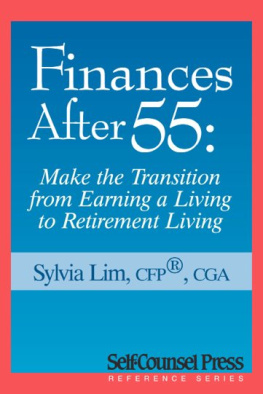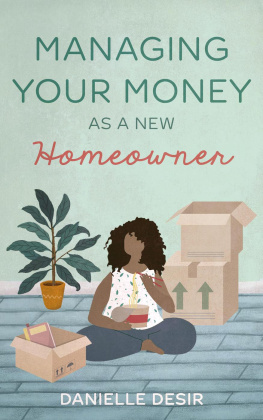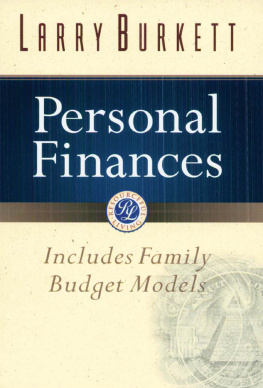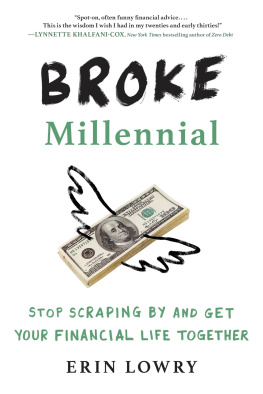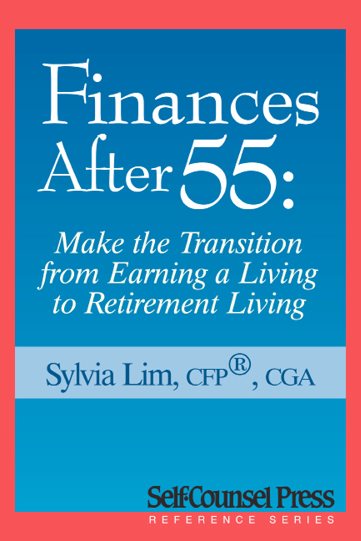Those facing retirement today and for the next two decades are the baby boomers: people who were born between 1947 and 1966. They represent the biggest slice of the total North American population today, and they are also one of the wealthiest groups in the population base. (However, the baby boom was not an international phenomenon. The only other countries that experienced any kind of a post-war baby boom aside from the United States and Canada were Australia and New Zealand.)
Baby boomers are living longer and healthier lives than the people of past generations. In fact, the life expectancy of retirees has more than doubled in the last 25 years. No doubt life expectancy will continue to grow as more breakthroughs occur in biotechnology and health sciences. New discoveries every day are enabling the baby boomers and their parents not only to lead longer lives, but also to enjoy vastly improved quality of daily living.
American demographics
In 2003, there were almost 35 million people aged 65 years and older (Source: AoA). This number represented 12.3 percent of the total population, or about one in eight Americans.
There were another 25.3 million younger baby boomers between the ages of 55 and 64, or 8.9 percent of the population (about one in eleven Americans).
It is projected that by the year 2030, the number of people of the aging baby-boom generation more than 65 years of age will total an astonishing 71.5 million, representing 20 percent of the US population, or about one in five Americans.
The projected rapid growth of the over-65 population will continue to raise concerns about the overall social and economic condition of the American population. Already, there are grumblings from government sources saying that current levels of spending in social security and health care cannot be sustained. However, there is hope that the changing demographics will also give rise to technological breakthroughs and new assistive developments that can help ease the burdens of daily living for the seniors in our population. Assistive technologies have come a long way in helping people live more independent lives, thereby easing the burden of governments to care for a growing aging population in institutions. Assistive technology includes devices and services that help people in their activities in daily living (adl), so that they can stay independent and integrate comfortably into their homes and communities. Some popular examples include electrically adjustable beds, walk-in bathtubs (with grab bars), and voice-command electronic devices. All are designed with the aging boomer and their parents in mind.
According to the US Federal Reserve Boards most recent Survey of Consumer Finances, the average net worth for households headed by people aged 55 to 64 is $530,000, while that for those in the 65 to 74 age group is $465,000. These are the highest of all the age groups as tracked by the Federal Reserve Board.
They also owe the least amount of debt in American households. The average debt is $74,000 for households headed by people aged 55 to 64, while debt for those in the 65 to 74 age group is even less, at $53,000.
Canadian demographics
As in the United States, Canada also has a large baby-boom population. Baby boomers make up by far the largest percentage of the Canadian population. The average Canadian baby boomer at present is somewhere in his or her 50s. This group is one of the wealthiest in the Canadian population base, and it is also the best educated. If not contemplating early retirement, many Canadian baby boomers are already enjoying it in great numbers.
Retirees make up one of the fastest growing groups in Canada. According to Statistics Canada, by the year 2010, more than 14 percent of the population will be aged 65 years or more. By 2020, that group will increase to more than 18 percent of the total population, and its growth shows no sign of slowing. By 2030, almost one in four Canadians (or 25 percent) will be 65 or older.
Life expectancy is steadily on the rise. Canadians are gaining two to three years of life with every passing decade. For an average Canadian male currently aged 55 years, life expectancy is 80 years. For an average Canadian female of the same age, life expectancy is 84 years. (Source: Report on the demographic situation in Canada 2002.)
Canadian seniors also appear to be much more financially secure than their predecessors, if wealth (and not just income) is included in the equation. Surprisingly, more than 73 percent of senior households have no debt. In the past 15 years, income for seniors has risen faster than income for those less than age 65. In fact, half of all seniors are living within their means, suggesting that savings continue well into their retirement years. (Source: Statistics Canada.)
Caregiver demographics
According to the Conference Board, there are now seven million Americans who are caring for their aging parents. In a few years, almost 40 percent of all US workers will be more involved with caring for a parent than for a child. In Canada, four-and-a-half million family caregivers provide greater than 80 percent of all home care.
The majority of these caregivers are women. Most of them are spouses and daughters. Often, these women are also caring for their own children hence the term sandwich generation, meaning someone who is sandwiched between the two generations, caring for dependent children and dependent parents. However, not all caregivers are women. Surprisingly, husbands make up nearly half of all caregivers over age 75.
By 2010, 60 percent of adults over age 50 will have a surviving parent, compared to only 16 percent in 1960.
In both the US and Canada, the implications of all of these statistics are enormous. New industries will rise up or evolve to service this growing market, and governments will have to become more innovative in delivering services to this sector of the population. The individual, however, must emphasize early planning for his or her retirement needs, and look at ways to support his or her longer life span and changing lifestyle.
The Fear Factor
Many people fear retirement.
To some, it means aging, and in todays youth-oriented culture, age is not seen as desirable. Others may view retirement as a loss of independence or power. And for those who have already retired, it may symbolize a loss of status and financial security.

